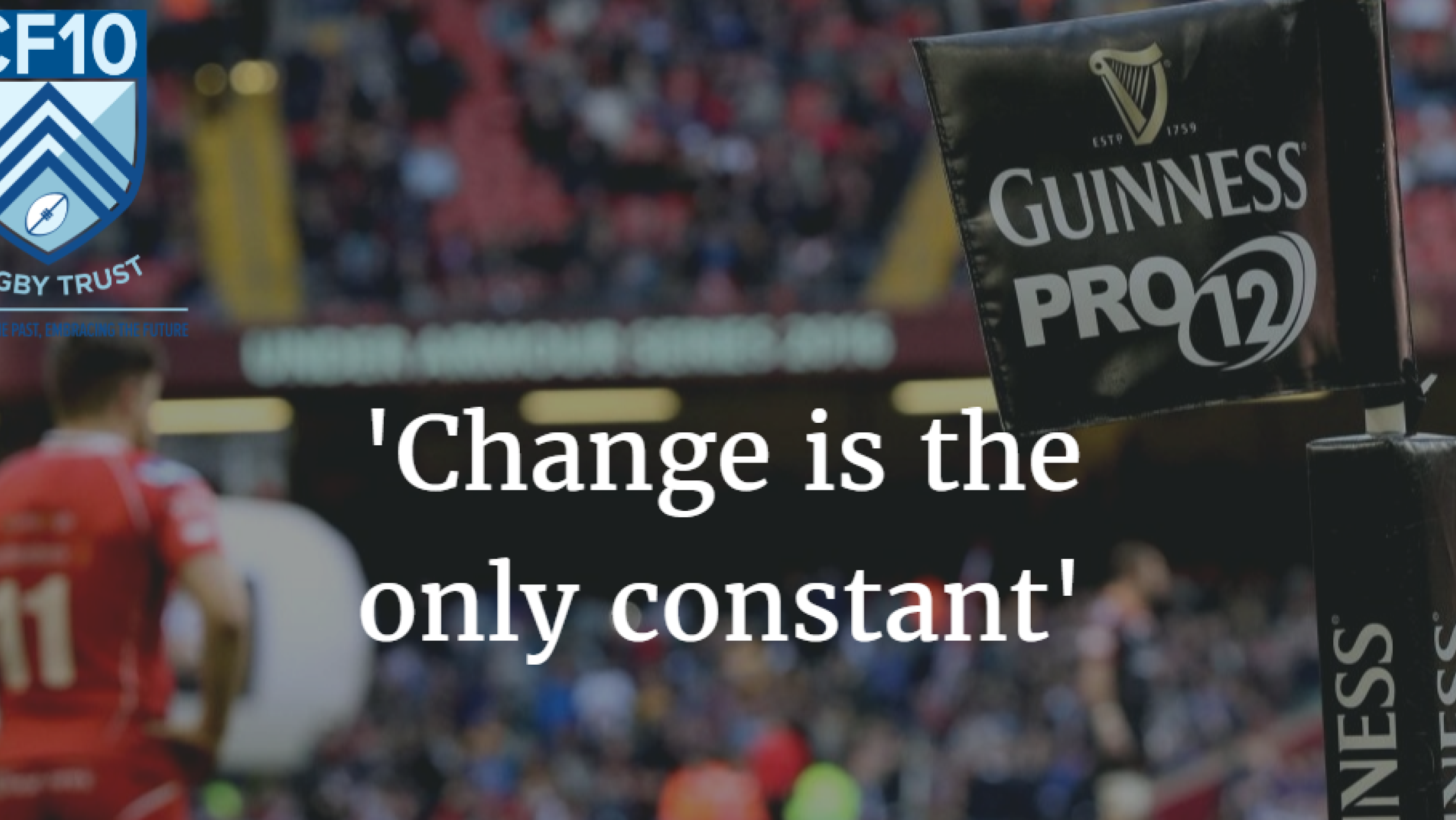The widely misattributed Heraclitus ‘quote’ should perhaps be the slogan for the Pro 12... Or Pro 14… as we once again face a raft of alterations and new teams as the league seeks additional finances.
In what should be a shock move, the Pro 12, formerly known as the Celtic League, looks like it will welcome two South African sides in time for the 17/18 season.
I say ‘should’ be a shock move, because in any other league this would be unfathomable, yet in the ever-changing Pro 12 it’s merely the latest in a large long of bizarre decisions.
The details of The Cheetahs and Southern Kings switch are still unclear, with many outstanding questions needing to be answered in the next 2 months. Will we see 2 pools/divisions? Will they be based in SA or London? Will they be eligible to qualify for the Champions/Challenge Cup?
So while it would be pointless to speculate too far into the future, let’s instead look at how we got here with a whistle stop history tour of the Celtic League and Pro 12.
|
1999 |
Scottish sides Edinburgh and Glasgow join the Welsh Premier Division, forming the Welsh-Scottish League, with Cardiff winning the inaugural tournament. It runs for three seasons. |
|
2001 |
The Celtic League is born as four Irish provinces join. It is played as two pools, A and B, with representatives of all 3 competing nations in each. At the time, this was thought to be the beginning of a potential British & Irish League. |
|
2002 |
A third Scottish side, Scottish Borders, are added to the competition, taking the total number of competing teams to 16. |
|
2003 |
Welsh rugby undergoes its biggest transformation, as the 9 Premiership teams become 5 Regions. It becomes a traditional league, with 12 sides competing. All 5 Welsh regions finish in the top 6 places. |
|
2004 |
The collapse of the Celtic Warriors sees the league drop down to 11 teams. Connacht become eligible to qualify for the Heineken Cup, having previously been a development team. The Irish sides are widely criticised for calling up their International stars for training, rather than featuring in league matches. |
|
2005 |
South African sides explore the possibility of joining, in what would have been called the Rainbow League. Sides from Wales and England form the Anglo-Welsh Cup. 15,327, a then league record attendance, watch Cardiff beat Leinster 40-31 at the Millennium Stadium. |
|
2006 |
The league gets its first sponsor, becoming the Magners League. |
|
2007 |
The Borders are disbanded and 10 teams compete. Cardiff Blues win the Anglo-Welsh Cup. |
|
2009 |
Play-offs are introduced, with Ospreys beating Leinster in Dublin in a thrilling finale. Cardiff Blues win the Amlin Cup. |
|
2010 |
Two Italian sides, Aironi and Benetton Treviso join, taking the league to 12 sides as it has remained ever since. |
|
2011 |
The league is renamed Pro 12, as it remains for now, with Rabo Direct on board as sponsor. |
|
2012 |
Aironi replaced by Zebre. Welsh sides impose financial salary cap and begin steady decline. |
|
2013 |
Judgement Day is launched - back-to-back East v West derbies at the millennium stadium. 36,174 attend. |
|
2014 |
Another new sponsor as the league becomes Guinness Pro 12, as it remains to the current day. Glasgow become the first Scottish champions. Elsewhere, the Heineken Cup is replaced by European Rugby Champions Cup - This sees a new qualification process with (theoretically) the top 7 sides qualifying for Europe, rather than 10 as previous (Top 3 Irish, top 3 Wesh, 2 Scots and 2 Italians). |
|
2015 |
Previously perennial losers, Connacht win the league in a shock underdog story the same year as Leicester win football’s Premier League. |
|
2016 |
The 2016-17 sets a new high average attendance record for a Celtic League/Pro12 season of 8,868. |
|
2017? |
Newport Gwent Dragons become The Dragons and South African sides Cheetahs and Southern Kings look set to join the expanded Pro14. |
Get Involved
If you liked this piece and want to contribute to the independent voice of Cardiff rugby then you can join us here. As a member led organisation we want to hear from you about the issues you want us to raise.

Leave a Comment